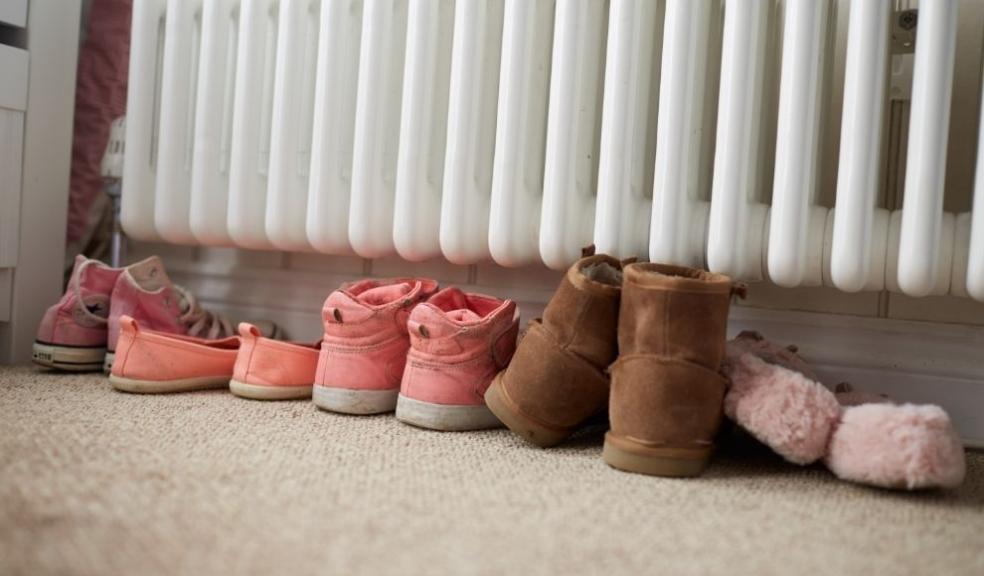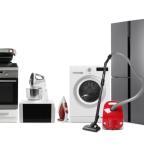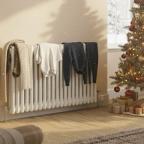
How to change your radiators and save money before winter
Save over £130 before winter by replacing your radiator and following these tips
As we head towards the colder months of the year, the thought of turning our heating on and the costs that come with it fills us with dread, but new advice is telling us now is the perfect time to make changes to your radiators.
The guidance comes from online designer radiator specialist, BestHeating, who are warning that as we are approaching autumn and winter, we should look at replacing our radiators whilst they currently aren’t in use, as this can save us money.
Modern radiators can be up to 50% more efficient than those installed 20 years ago, meaning that over time the benefits will outweigh the cost of buying a new one in the amount saved in energy bills.
Savings can be found from new radiators using around 24% lower water content when heating themselves up, resulting in a reduction of more than 10% on your bills*. The average energy bill was £1,289 in 2019 which would result in people saving around £135 a year.
If your radiators are looking worse for wear, Andrew Collinge, Heating Product Manager at BestHeating has revealed five tips to follow when updating and replacing your radiators:
Turn off your heating and valves on the radiator
Before replacing a radiator, you need to make sure that the central heating has been turned off so there is no heat heading through the pipes. You should also shut off the valves at both ends of the radiator, so it is isolated. To do this at one end turn the manual valve clockwise until you can’t turn it anymore or down to zero if you have a thermostatic radiator valve. Then at the other end, if you have a lockshield valve, pull off the plastic shield and use a spanner to turn the shaft clockwise, but keep note of the number of turns you make so that your new radiator gets the same flow rate and doesn’t waste money.
Place a bowl under the valves
Place something to catch any excess water that will drain away underneath the valves such as a washing up bowl. Then use an adjustable spanner to loosen one of the cap nuts that connects your radiator to the valve. You might need a second spanner to hold the valve body securely and prevent the valve from turning and buckling the pipework. Having cloths available is smart in case there is a large amount released.
Drain the radiator
Open the bleed valve at the top of the old radiator, loosening the connecting cap nut between the valve and the radiator to drain the water away and into the bowl, the water inside may look filthy. Carry on until no more water is draining from the radiator. Once water stops dripping, disconnect the valve at the opposite end of the radiator.
Remove the old radiator
Take the radiator off the brackets, tilting it to drain any remaining water, then squeeze a cloth, old rag or some tissue into the outlets at either end of the radiator to stop leakage. If the current brackets don’t support the new radiator take them off the wall and replace them with more suitable ones. You might need to drill into the wall to do this but make sure to check what’s behind where you intend to drill.
Save more money by fitting some reflective radiator foil to the wall behind the new radiator. This reflects heat back into the room and is good when positioned near cold outside walls.
Install your new radiator and check for leaks
Wrap the valve connectors in PTFE tape a few times before screwing them into your new radiator tightly and hanging it on the wall. When turning the valves remember to do the same number of turns as earlier, this allows water to enter the radiator.
Slightly open the radiator bleed valve to allow the air to escape and help fill the radiator, closing it when water appears. When happy there are no leaks turn your central heating back on and you are finished.
BestHeating’s Andrew Collinge commented: “Learning how to replace and install a new radiator can prove to be a valuable skill that will help you become more knowledgeable when it comes to making updates to your home as well as saving you potentially hundreds from the improvements made to your heating.
“If replacing multiple radiators, it is a great idea to have a notebook with you as you can keep a tab on anything you do differently to each radiator such as a difference in the amount of lockshield valve turns you make.
“If you don’t feel competent or confident in your plumbing skills it may be best to call a qualified plumber as you don’t want to face problems down the line due to a substandard job.”









